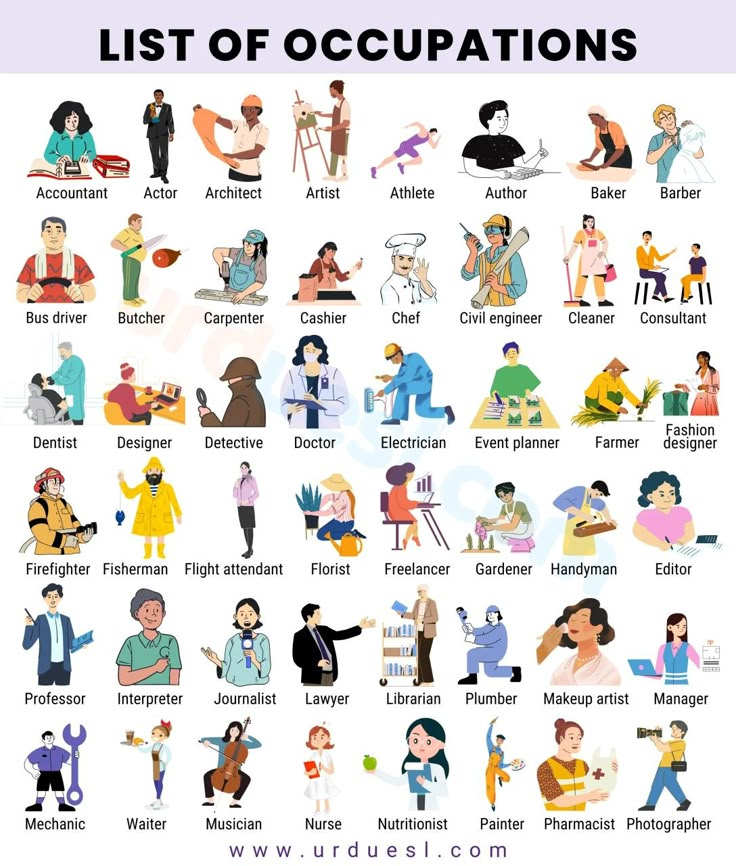How Earnings Evolve Across Your Career: Stages, Strategies, and Verified Resources
Understanding How Earnings Change Over a Career
Your earnings usually progress in stages: rapid growth in early years as you build skills, steadier increases through mid-career as you take on larger responsibilities, and a plateau or selective rise in late career depending on role, industry, and leadership scope. While individual trajectories vary, earnings tend to rise with skill depth, performance, promotions, and job changes. Pay equity practices and transparent pay structures can also influence how fairly and consistently earnings evolve over time, especially across promotions and role changes [1] .
Career Stages and What Typically Drives Income
1) Entry-Level (0-3 years): Foundation and Fast Skill Accumulation
At this stage, compensation is driven by your baseline qualifications, market demand for your role, and your ability to demonstrate early impact. Many professionals experience their fastest percentage raises by switching roles within their organization or moving to a new employer once they’ve demonstrated measurable results. Employers that embed equitable hiring and development practices-consistent starting pay for similar qualifications, mentoring access, and fair advancement criteria-help ensure early-career employees don’t fall behind in subsequent raises and promotions [1] .
Example: An early-career analyst who documents efficiencies they’ve created (e.g., a weekly report automated to save five hours per week) can use those metrics to justify a merit increase or internal move. If the organization maintains consistent starting ranges and development opportunities across comparable hires, that analyst’s negotiated raise is more likely to compound fairly over time [1] .
Steps: Track quantifiable outcomes monthly; request structured feedback quarterly; ask HR about official salary bands for your role; prepare a one-page impact brief before review cycles.
2) Mid-Career (4-12 years): Scope Expansion and Promotions
Mid-career growth often comes from promotions to roles with broader scope, people leadership, or ownership of revenue- or cost-critical initiatives. Lateral moves into higher-demand specialties can produce significant pay jumps. Organizations that examine recruiting, promotion, and development systems holistically are more likely to keep pay progression aligned with contribution and reduce cumulative pay gaps that can otherwise widen over time [1] .
Example: A product manager transitioning into a platform role might see compensation shift into a higher band due to ownership of cross-functional outcomes. If the company applies equitable promotion criteria and calibration, mid-career increases more reliably match scope expansion [1] .
Steps: Map your next two role levels and required competencies; request stretch projects that align with those competencies; benchmark your target band using reputable salary sources; prepare a promotion packet with outcomes, scope, and peer references.
3) Senior/Late Career (13+ years): Leadership, Specialization, or Portfolio Careers
At senior levels, earnings can plateau if scope stabilizes, but can rise with executive responsibilities, specialized expertise, or advisory income streams. Pay progression at these levels is highly sensitive to performance, market conditions, and organizational pay practices. Ensuring transparent promotion criteria and development access across the pipeline helps sustain fair compensation outcomes over long tenures [1] .
Example: A senior leader who manages a transformation program tied to measurable revenue lift often negotiates compensation elements like bonuses or equity. Fair systems consider comparable roles and outcomes to maintain equitable pay at senior levels [1] .
Steps: Tie your annual goals to quantifiable business metrics; diversify compensation levers (bonus metrics, equity, profit-sharing where available); document leadership impact through before/after KPIs; evaluate external advisory or board opportunities where appropriate.
How Company Pay Practices Affect Your Trajectory
Individual negotiation matters, but systemic practices shape long-term trajectories. According to guidance on pay equity and talent systems, organizations should align recruiting, hiring, development, promotion, and retention practices to prevent disparities from compounding over time. Equal access to mentoring, developmental projects, and actionable coaching is crucial to ensure not only equal pay, but equal opportunity to earn more as responsibilities grow [1] .

Source: ssissimon.blogspot.com
Practical takeaway: During interviews or reviews, ask about salary bands, promotion criteria, mentorship programs, and calibration processes. These signals can influence the pace and fairness of your earnings growth over your career [1] .
Benchmarking Compensation: Verified Sources and How to Use Them
You can benchmark compensation using reputable data providers that publish ranges and averages. While employer, location, and role vary, verified sources provide useful reference points when preparing for reviews or negotiations.
- Salary.com: Aggregates compensation data and provides company-level pay snapshots. For instance, a snapshot of an education technology company’s pay shows an average annual salary near the mid-$90,000s and an approximate $45 hourly rate, illustrating how market-based figures can guide expectations when adjusting for role and geography [2] [3] .
- ZipRecruiter: Publishes employer pay estimates and national role ranges; one page reports a lower average annual figure in the mid-$70,000s for a similar employer profile, underscoring that sources can differ in methodology and sampling and should be triangulated [4] .
- Indeed: Provides self-reported salary ranges by title that illustrate spread by function (e.g., entry-level business development vs. vice president-level pay), useful for mapping progression across titles within a company or industry [5] .
How to implement: Collect role-specific data from at least two sources, adjust for your city and years of experience, and bring a one-page benchmark summary to your manager. Note that different sites use different data inputs (self-reported vs. employer-reported vs. modeled), so ranges will vary-use them as directional anchors rather than guarantees [2] [3] [4] [5] .
Negotiation Playbook for Each Stage
Entry-Level
Steps: Identify salary bands using two verified sources; prepare a short portfolio of outcomes (internship achievements, certifications); ask about raise and review cycles; request written clarification on performance metrics that drive increases. Organizations that build equitable systems from hiring onward are better positioned to maintain fair trajectories as you progress [1] .
Mid-Career
Steps: Quantify scope (budget, headcount, portfolio revenue) and tie it to outcomes; present external benchmarks for the next level; propose a development plan aligned to promotion criteria; time your ask ahead of budgeting cycles. Use multiple salary sources to calibrate expectations and prepare alternatives (lateral move into a higher-band specialty if a title jump is constrained) [2] [3] [4] [5] .
Senior/Late Career
Steps: Negotiate across multiple levers: base, bonus targets, equity, long-term incentives, executive coaching support, and clear performance-based triggers. Ask about pay calibration across peer roles to ensure equitable treatment through leadership transitions and reorganizations [1] .
Alternatives and Safeguards When Raises Stall
When internal raises stall, you have options that can unlock earnings growth without derailing your career narrative:
- Lateral specialization: Move into a niche with higher market demand (e.g., data governance, cloud cost optimization) and use that specialization to command stronger compensation in the next cycle. Validate target bands via multiple sources before committing [2] [4] .
- Project-based compensation levers: Propose bonus structures tied to measurable project outcomes, especially when base increases are budget-limited. Ensure criteria are documented and reviewed during calibration cycles to protect fairness over time [1] .
- External offers with intent to stay: Some professionals explore external market validation, then negotiate to remain. If you use this path, anchor your ask in peer-comparable roles and documented impact, not just the external number, to maintain equitable alignment [1] .
How to Access Verified Compensation Information Without Risky Links
If you prefer not to click links, you can search for the following official sources by name:
- Search “Salary.com company research” and input the employer or role to view ranges and averages [2] .
- Search “Salary.com hourly wage for [company]” to compare hourly-to-annual conversions [3] .
- Search “ZipRecruiter salaries [employer]” for modeled estimates and methodology notes [4] .
- Search “Indeed company salaries [employer]” to see self-reported ranges by title and function [5] .
Use at least two sources and note the data vintage (collection dates) and methodology differences before relying on any specific figure for negotiations [2] [4] [5] .
Action Plan: Map Your Earnings Over the Next 24 Months
- Define target role and band: Gather two to three benchmark sources and set a realistic target range adjusted for location and experience [2] [4] [5] .
- Quantify impact: Create a monthly scorecard of outcomes: revenue influenced, costs reduced, cycle time shortened, quality improved.
- Align to promotion criteria: Request the official competency matrix and calibration process; confirm review timing so you can time your ask ahead of budget finalization [1] .
- Build advocates: Seek mentors and cross-functional sponsors; equitable systems emphasize access to developmental opportunities that often precede pay progression [1] .
- Negotiate thoughtfully: Prepare a package of alternatives: base increase, bonus adjustment, title change, or scope expansion with a date-bound compensation review.
Key Takeaways
Over a career, earnings tend to rise with skill growth, scope expansion, and strategic role changes. Fair and transparent organizational systems-consistent starting pay, equitable access to development, and structured promotion criteria-support sustained, equitable earnings growth. Use multiple verified salary sources, document your impact, and negotiate across several levers at each stage to manage your trajectory responsibly [1] [2] [4] [5] .
References
[1] EVERFI (n.d.). Why the Pay Equity Issue Isn’t Really About Pay.
[2] Salary.com (2025). Everfi Average Salaries.
[3] Salary.com (2025). Everfi Hourly Pay Rate.
[4] ZipRecruiter (2025). Salary: Everfi (United States).
[5] Indeed (2022). EverFi salaries: How much does EverFi pay?

Source: radiosapiens.es


